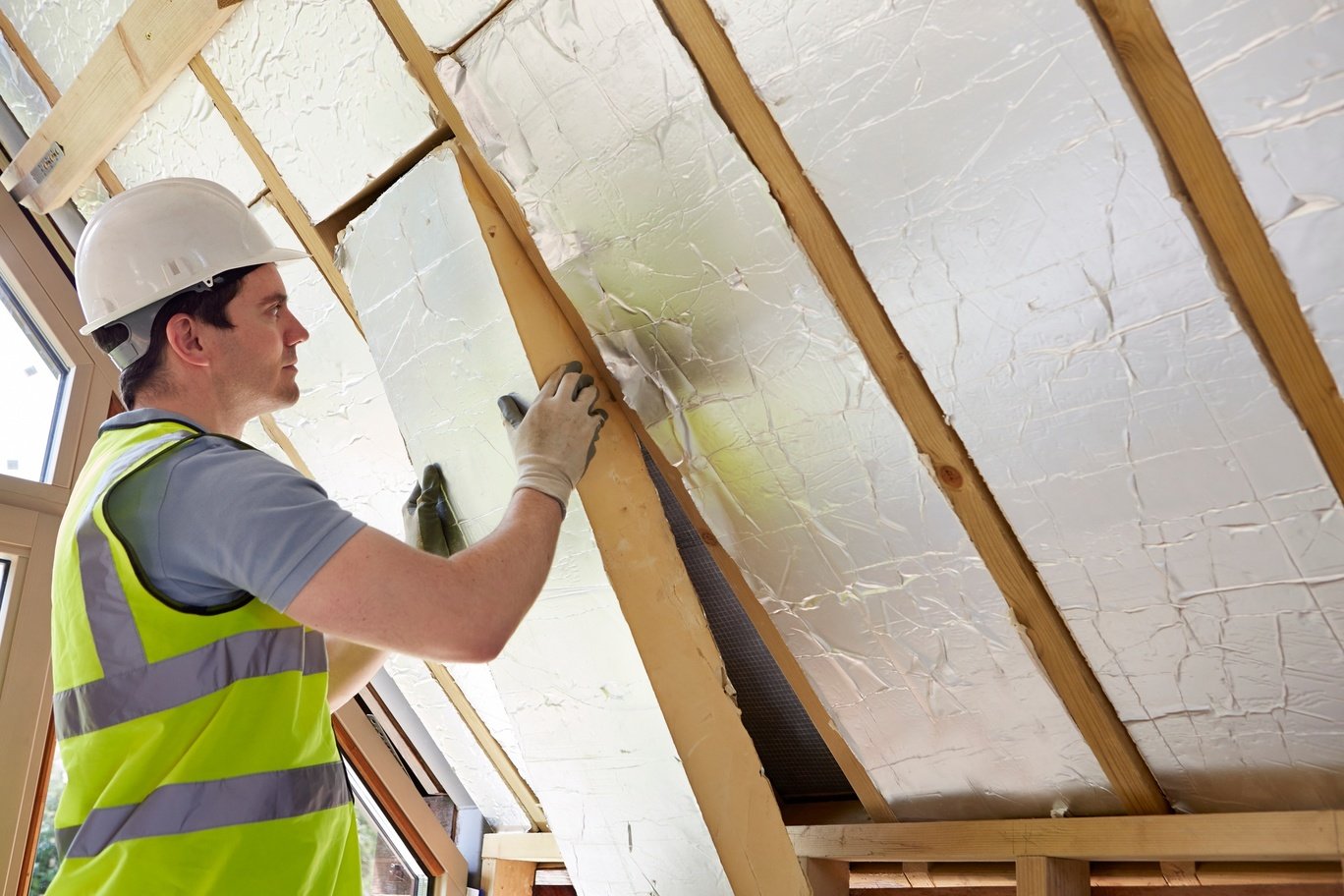Driven by tougher government standards and growing consumer demand for sustainable buildings and communities, more Louisiana builders are adopting green construction techniques to create more efficient, more environmentally friendly and healthier places to live and work.
Developers and planners across the state are incorporating a wide range of environmentally friendly construction principles aimed at improving energy efficiency, conserving water and incorporating more resilience against natural disasters. The trend, which encompasses both residential and commercial buildings, is only beginning in the Bayou State.
Here’s a look at how planners, architects and builders are building green across Louisiana.
Green Standards
At the center of the boom is the U.S. Green Building Council’s Leadership in Energy and Environmental Design (LEED) program, the most widely used sustainable-building rating system in the world. The LEED standards provide a framework to create healthy, highly efficient and cost-saving green buildings, and a growing number of projects in Louisiana are adopting them.
“There’s more demand now for energy consciousness and trying to make buildings more energy efficient, especially multi-family projects that are using federal programs,” says architect Norman Chenevert, founder and principal of Chenevert Architects.
The firm designed 438 Main Street, a LEED-certified four-story apartment building in downtown Baton Rouge, with 22 units, a rental office and a community room with a communal courtyard.
To receive the certification, the architects and builders used a third-party inspector to verify that various stages of the project were built to LEED standards — for example, checking the duct work to ensure it’s properly sealed before it’s hidden by walls and ceilings. “The building is now almost 6 years old and it’s been very efficient,” Chenevert says. “The utility bills on these units are very, very low.”
A Holistic Approach
Farther west, the University of Louisiana at Lafayette in 2015 completed that city’s first-ever LEED-certified building with a major reworking of its 178,000-square-foot Student Union. The project earned a Silver rating through the LEED program, which is based on a points system that rewards construction elements that save energy and water, generate less waste and support human health.
The Student Union project was awarded points for aspects such as energy-saving natural lighting and materials sourced from within a 400-mile radius, made from recycled products or containing fewer chemicals that are dispersed into the air.
But LEED standards also extend outside a building’s walls, rewarding environmentally friendly elements such as native landscaping that requires less irrigation, bike racks and transit stops — all factors that played a role in the Lafayette project.
“It’s a whole-site process,” says ULL Director of Sustainability Gretchen LaCombe Vanicor. “It’s not just about the building itself but how it operates on the site and how it operates in the larger function of the urban environment.”
Vanicor says the university is adopting the green-building approach because it’s attractive to students, faculty and staff, and also costs less to operate. She says the school recently released a sustainability strategic plan that calls for forming a committee to assess how ULL builds and operates its facilities.
“More than likely what we will be doing is requiring all buildings and renovations at least meet LEED Silver standards, even if we don’t go after certification,” she says. “They’ll save us a considerable amount of finances in electricity and water, two important metrics on our campus. They also provide a healthier working, living or entertainment environment for our students, faculty and staff. We want to make sure we have environments where they have health and wellness benefits built into the building.”
Sustainable Communities
While the LEED program is a major driver of the sustainable construction movement in Louisiana, it’s not the only path to greener buildings, particularly for developers of affordable workforce housing, who often have tighter budget constraints than commercial builders face.
Monica Gonzalez, senior program director for nonprofit national builder Enterprise Community Partners, which created its own green-building criteria to help developers, investors, builders and policymakers make the transition to a green future for affordable housing, says residential builders and communities are adopting many approaches to improve sustainability.
“It’s about looking at the different programs that are out there for a developer and figuring out what’s right for their project,” Gonzalez says.
Gonzalez, who also chairs USGBC Louisiana, a nonprofit advocacy group that supports sustainable building, cites the Energy Smart program in New Orleans, which incentivizes utility customers to perform energy-saving upgrades in their homes and businesses, as an approach likely to gain traction in other communities. And she says that regardless of whether they use LEED standards, builders and communities are increasingly focused on the human and environmental implications of development.
“Whether you work or live or play in your building, whether it’s a commercial building or your home, [we’re] thinking about how that affects your health, how the materials you’re building with affect the whole person and not just the actual building,” she says.
Gonzalez says Louisiana developers and communities are also spending more resources on building in resiliency against natural disasters. As a prime example, she points to the Gentilly Resilience District, a combination of public and private efforts across the New Orleans neighborhood to reduce flood risk, slow land subsidence and encourage neighborhood revitalization. The district is the site of several projects that aim to capture rainwater in the urban landscape, beautify neighborhoods, improve health and provide opportunities for recreation.
“The next trend we’ll see is resilience, looking at different aspects you can incorporate into your project, whether that’s water conservation, stormwater management, flood insurance — just thinking about all the different components coming through buildings,” she says.



No Comments Yet
Let us know what you think